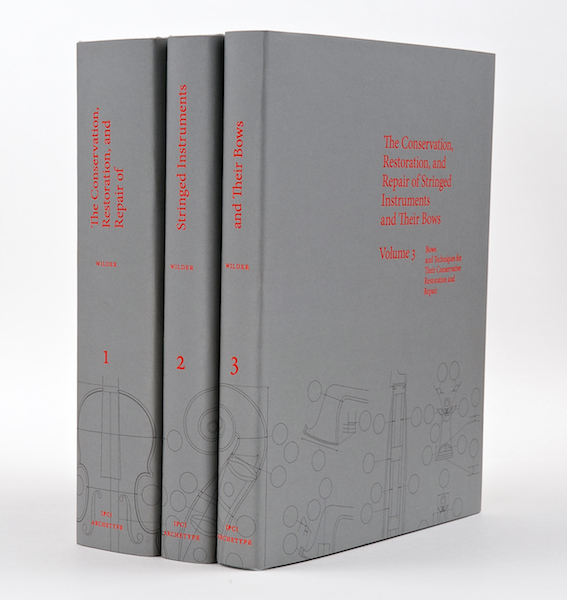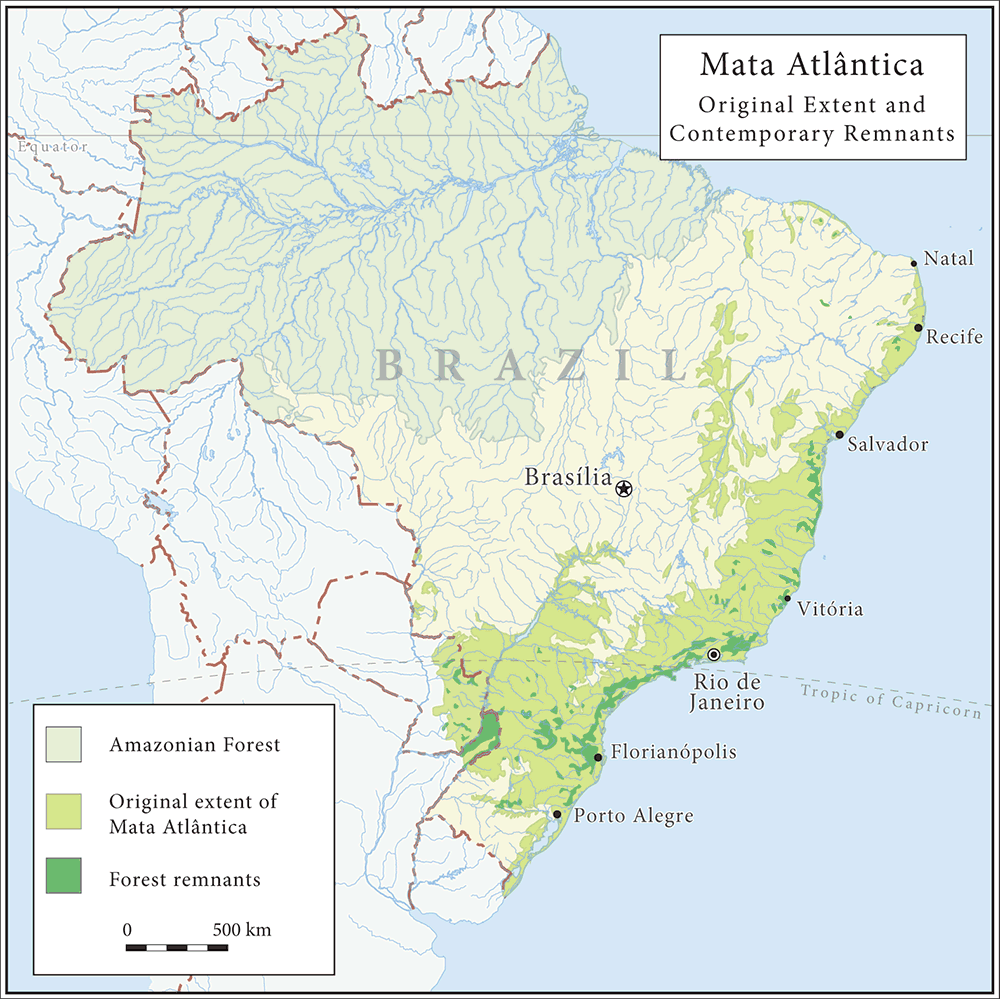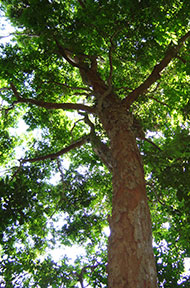By Stefan Aune of
Fein Violins
Since the earliest European bow makers first sought to perfect the stringed-instrument bow, "pernambuco," or "Brazil wood," has reigned supreme as the material of choice. Sadly, the history of pernambuco is intimately tied to the processes of colonization and resource extraction that have had devastating consequences for the peoples and environments of North and South America. For a frame of reference on the history of pernambuco, check out a previous
blog I wrote on the relationship between colonial resource extraction and the wood's rise to prominence in the hands of European bow-makers. Today pernambuco is endangered, and the continuing demand for wood bows is making the material increasingly difficult to acquire. Pernambuco's natural forest habitat is currently at about 10% of its pre-Columbian size, and pernambuco trees are notoriously fickle when grown in controlled, farm environments.
 |
| The harvest of pernambuco wood during the colonial period |
Despite wonderful advances in carbon fiber bow technology, many players prefer the sound and responsiveness found in pernambuco wood bows. Bow expert Bob Barclay writes that pernambuco possesses a "combination of rigidity, flexibility, density and beauty," along with a remarkable ability to hold a curve. Because the stringed instrument world is one of the primary causes of pernambuco harvesting, the need to raise awareness and money for the preservation of pernambuco has encouraged a group of musicians, makers and conservationists to embark on a unique enterprise.
 |
| All three volumes of The Conservation, Restoration, and Repair of Stringed Instruments and their Bows |
The International Pernambuco Conservation Initiative was created in order to raise awareness about pernambuco scarcity and to promote conservation and sustainable use. One of their more exciting initiatives is the creation of a book titled
The Conservation, Restoration, and Repair of Stringed Instruments and their Bows. The book aims to be the definitive work on stringed instrument and bow repair, as well as presenting a detailed history of pernambuco wood and the efforts to conserve it. With 150 articles, contained in 1,600 pages,
The Conservation, Restoration, and Repair of Stringed Instruments and their Bows is one of the most comprehensive violin and bow making resources ever created
. The book aims to take a "conservationist" approach to both stringed instrument knowledge and the resources that the trade makes use of, in order to "safeguard our cultural heritage of instruments and bows for future generations." Proceeds from the sale of the book will go towards a variety of worthy pernambuco conservation efforts. In this sense, the book will benefit the stringed instrument world both through its preservation and dissemination of crucial knowledge, and through contributions to pernambuco conservation.
 |
| One of the lovely instrument schema from The Conservation, Restoration, and Repair of Stringed Instruments and their Bows |
The author and editor, Tim Wilder, was recently awarded the Canadian version of a "Grammy" award for the book. The press release for the award read that "the jury recognizes Tom Wilder for his contributions to lutherie in North America and beyond ... For many years, Wilder has dedicated himself to promoting environmental issues and to the preservation of an invaluable natural resource. He has produced an audacious work that is invaluable to scholars, conservators, and instrument and bow makers and, in so doing, is a leader in the adoption of best practices." Strings Magazine calls the book "a treasure trove of wisdom by a cast of contributors in the vanguard of today's renaissance of violin and bow making."
 |
| A map demonstrating the decline of pernambuco |
Violin and bow making are arts that have been sustained for hundreds of years, in many ways thanks to the careful preservation of techniques, styles, and forms. This book is another link in a chain that will hopefully preserve the violin and bow-making arts for many more years. The crucial difference between this book and other endeavors is the attendant commitment to pernambuco conservation. Violin and bow-making are material arts, dependent on resources that are grown and found throughout the world. For these arts to continue to flourish, the scarce resources that they employ need to be preserved and cherished, for as the
International Pernambuco Conservation Initiative says, "without trees there is no music."
 |
| A pernambuco tree |
Be sure to browse both the
Canadian and
American web pages for the International Pernambuco Conservation Initiative, and browse the website for
The Conservation, Restoration, and Repair of Stringed Instruments and their Bows - the book is sure to occupy a central place in the libraries of the next generation of violin and bow makers. Also check out this
link - a group of violin-making students in Newark are building and donating an instrument to a needy student in order to raise money to purchase a copy of the book for their school.





No comments:
Post a Comment